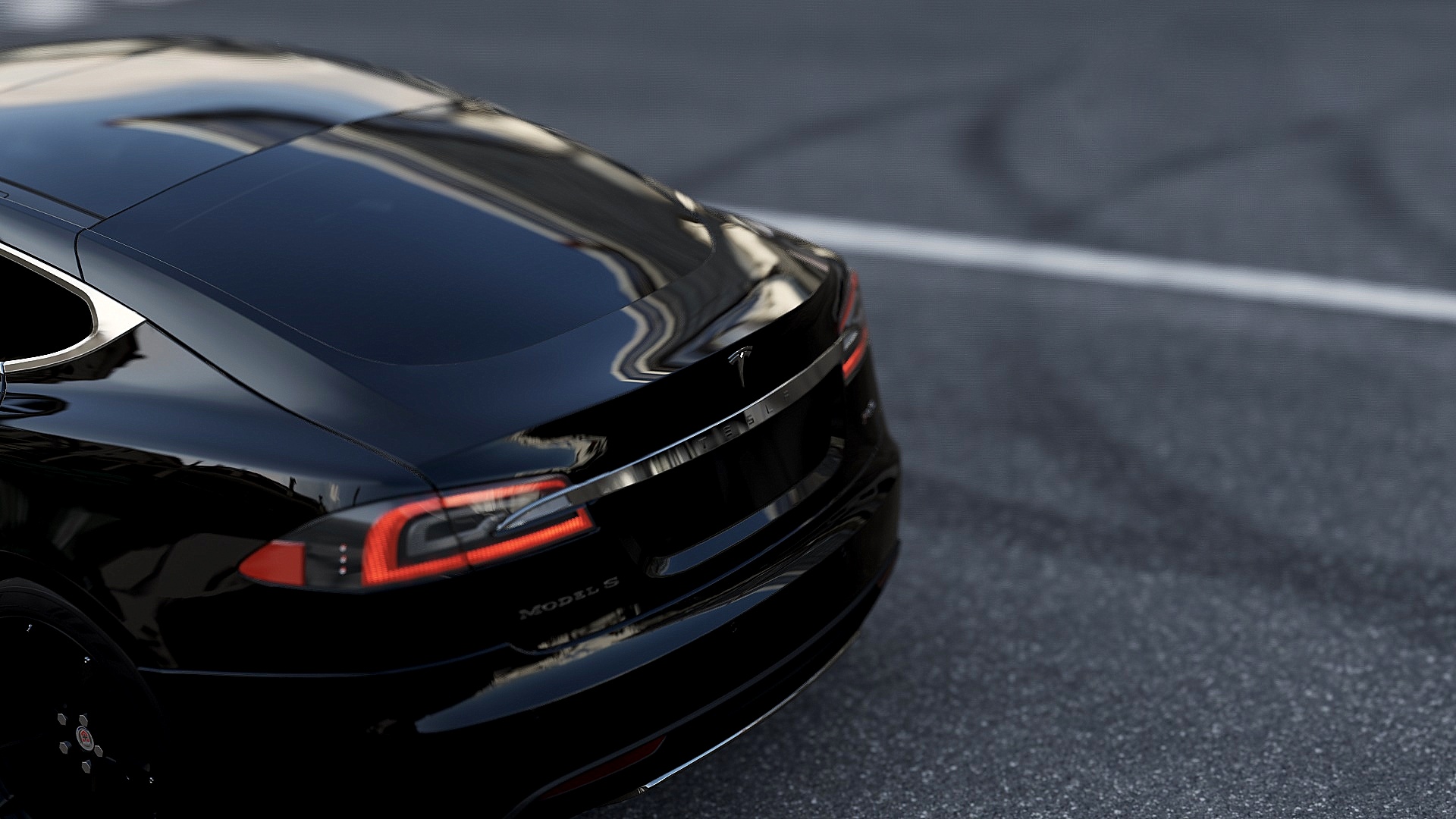
For Tesla Inc., it was a $1 billion profit plunge. In Q2 2024, this has resulted in earnings of just $1.5 billion, a 45% drop from Q2 2023. This downturn comes as the electric vehicle (EV) manufacturer grapples with price-cutting strategies and mounting operational challenges, alongside a notable restructuring charge of $622 million that further impacted its bottom line.
Year-over-Year Decline
In all, the company’s net income plummeted 71% year-over-year. Yet, it now sits at just $409 million despite revenues reaching a record $19.3 billion. This sudden drop has an eerily foreshadowing shot across the bow for Tesla, which had largely reigned omnipotently over the booming EV market. In Q1 2024, profits nosedived 55% to $1.13 billion over the prior year’s quarter. This decline exacerbates a difficult fiscal headwind that the company still grapples with today.
In total, Tesla delivered nearly 337,000 electric vehicles during the first quarter, reflecting a commitment to maintaining production levels despite the financial headwinds. The long-term strategy of continually lowering EV prices to compete with offers from competitors has severely impacted profitability.
Tesla attributed its profit decline to “a protracted EV price-cutting strategy” and “several unforeseen challenges” that have emerged in recent months. The long-term, self-imposed damage caused by tariffs—especially the Trump Administration’s tariffs focused on China—has made a bad situation even worse. A spokesperson from Tesla stated that these tariffs will have “a relatively larger impact on our Energy business compared to automotive,” indicating a shift in focus as the company navigates its financial landscape.
Tesla announced a record high of $890 million in regulatory credit sales. This revenue provided welcome fiscal relief, but it wasn’t enough to make up the difference of the lost revenue in their advantaged lines of business.
Musk’s Vision and Brand Challenges
Like other creators Elon Musk has propelled Tesla with visionary moonshots such as the proposed Robotaxi and Tesla’s new Optimus robot factories. His leadership is under fire. Critics have pointed out that Musk has yet to demonstrate that Tesla vehicles can operate autonomously without human intervention, a key component of his vision for the company’s future.
Furthermore, Musk’s political affiliations and controversial statements have generated backlash against Tesla’s brand. His association with far-right politics and involvement in the Trump administration have led to concerns about how these elements may influence consumer sentiment and demand for Tesla products.
In consideration of these moves, the question remains how Tesla will continue to shift its strategy as the economy and market landscapes change. It admits that Musk’s public image could have adverse effects on the company’s pending sales plan.
“We are aware that this has had a meaningful impact on demand for our products,” – Tesla.
No doubt, Tesla is operating in a particularly hostile and challenging environment. Industry analysts are intensely monitoring how these new stumbling blocks will affect the company’s upcoming performance and its competitive advantage. Sean O’Kane, who has dedicated a decade to covering Tesla and other firms following Musk’s lead, suggests that the company must adapt swiftly to maintain its competitive edge.
Author’s Opinion
Tesla’s ongoing struggles highlight the risks of its aggressive price-cutting strategy, which has significantly affected profitability despite strong revenue numbers. The external pressures, including tariffs and Musk’s controversial public image, have added complexity to Tesla’s situation. While the company’s commitment to innovation remains strong, its financial health and brand reputation face significant hurdles. Tesla needs to swiftly adapt to changing market conditions to preserve its competitive edge in the increasingly crowded EV market.
Featured image credit: PxHere
Follow us for more breaking news on DMR
